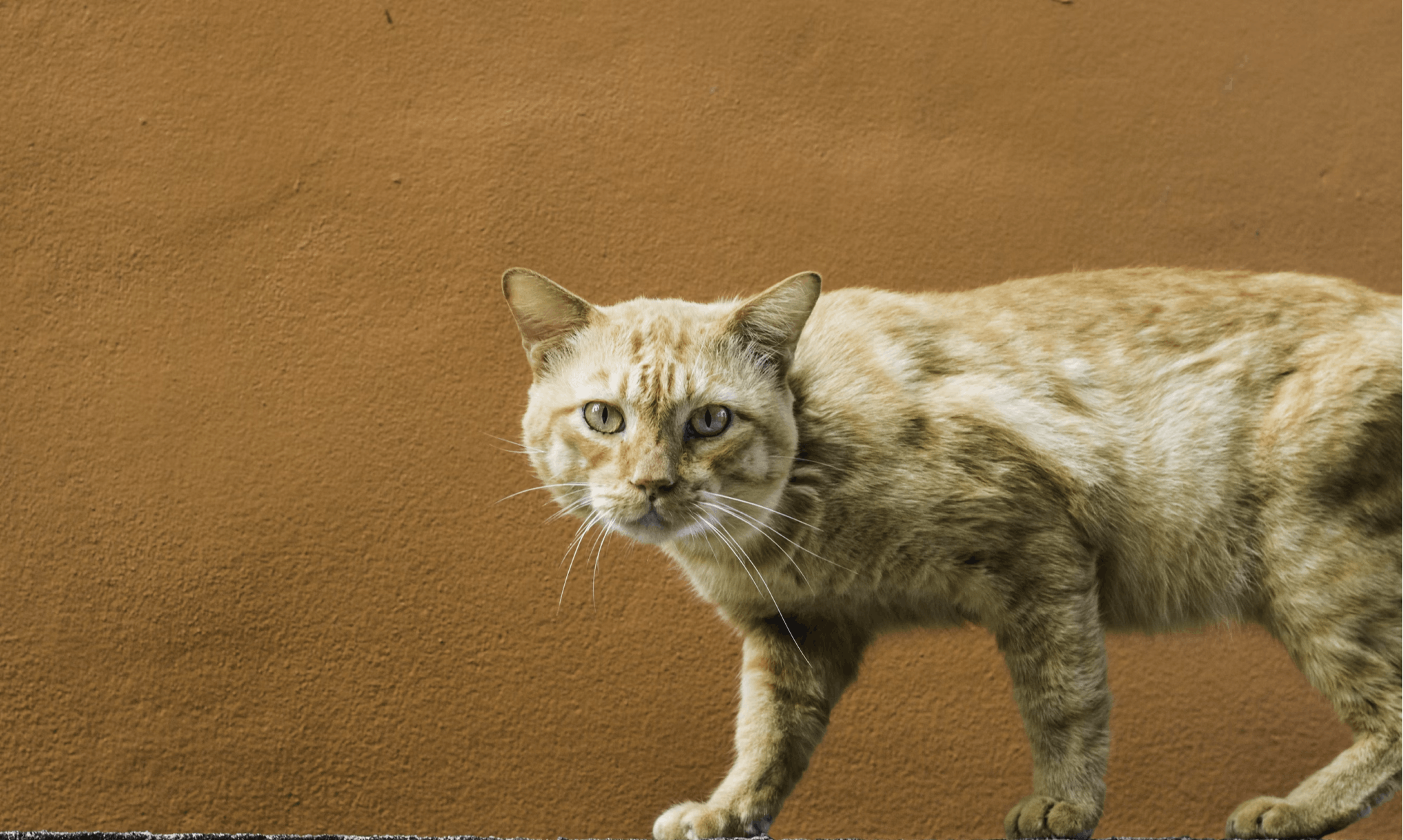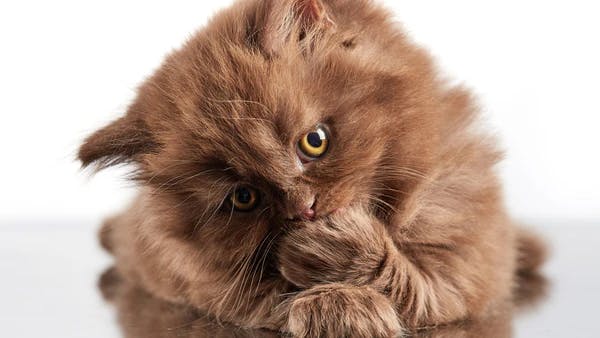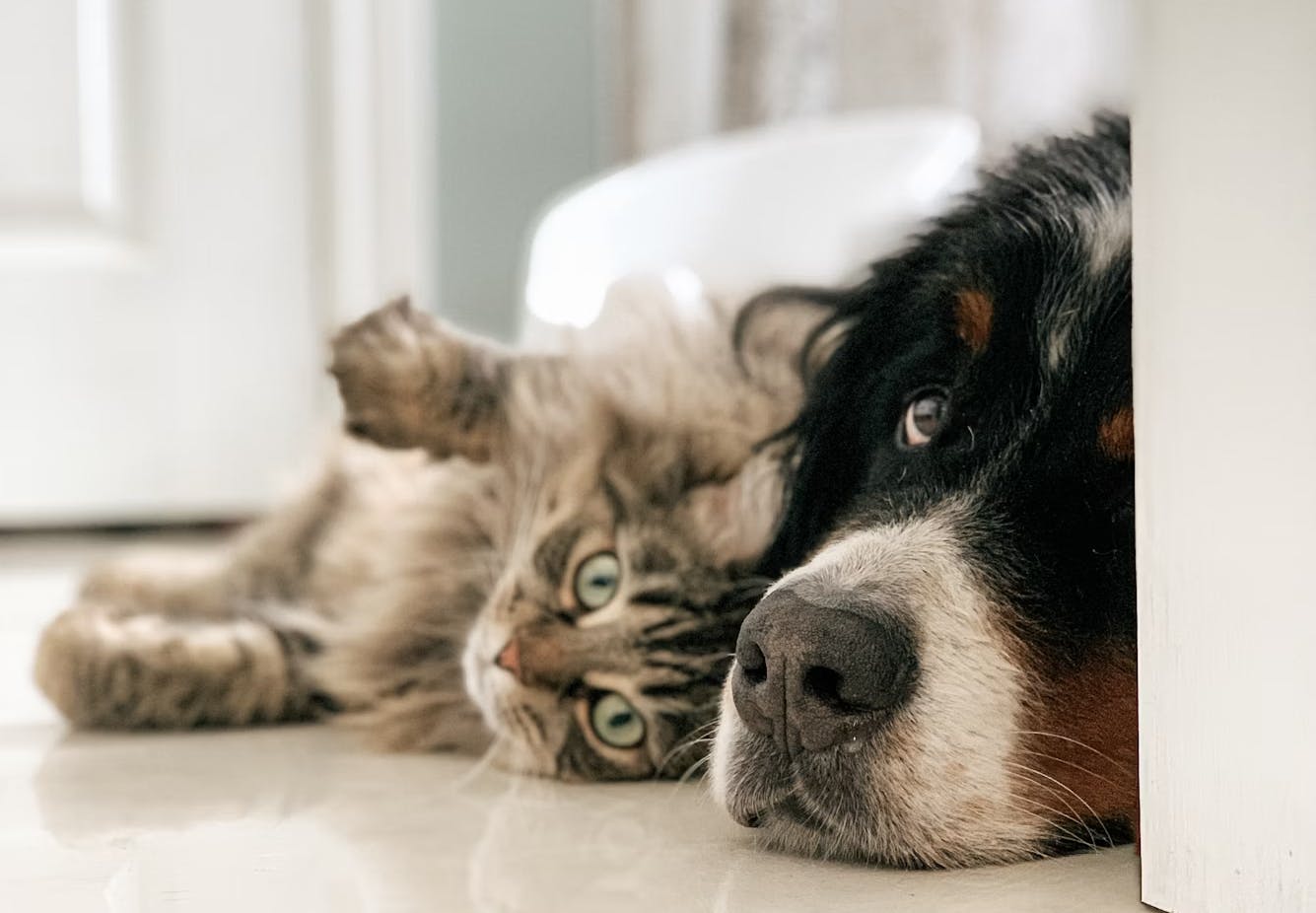Cat Training
Training your cat can be a wonderful experience that strengthens your bond. Although the goals of training cats often differ from those for dogs, cats can still learn various tricks, and training sessions can be a pleasant form of engagement.

Introduction
Training a cat can be a rewarding experience that strengthens the bond between you and your pet. Cats can learn various tricks through training just like dogs. Here, you will learn what to watch out for when training your cat.
Understanding the natural instincts of cats is important, as it allows you to tailor your training sessions to their natural needs. Patience is also key for training sessions. It is important to keep training sessions short and pleasant, focusing on one trick at a time without overwhelming the cat.

Setting up for success
Training should always be conducted in a quiet environment with minimal distractions. Ensure that the training area is safe and comfortable for your cat, free from loud noises or interruptions that could cause stress or fear. Appropriate tools can make cat training easier. Items like clickers for clicker training, treats for positive reinforcement, and toys to simulate hunting can be useful.
Clicker training is one of the most important training methods worldwide. It is used in private settings for training dogs, cats, rabbits, and more, as well as in specialized training for dogs in police and military, and even in training wild animals in zoos to handle them safely and provide them with a less stressful life. The clicker itself is not essential; it can be replaced by another sound, such as a whistle or a word, or for deaf animals, a light signal. First, a connection between the click and the reward must be established, which works best through classical conditioning (Click = Reward). The click marks a desired behavior in training and announces a reward. This creates a temporal bridge between good behavior and receiving the reward, so the animal can be far from the trainer and still associate the reward with the behavior if used correctly.
The procedure is simple: observe the behavior, mark the desired behavior with a click, and then follow with the reward. The reward must follow after every click, as the connection between the sound and the reward will otherwise be lost. Consistency is key in cat training. Repeat the same signals during each training session and use the same tone and gestures. This helps your cat understand and remember what to do.
One of the biggest challenges in cat training is inconsistency—whether in signals, rewards, or training times. Maintaining a consistent routine is essential for effective learning. While treats are an excellent motivator, they should be given in moderation to avoid obesity. Choose small, healthy treats. The calories in treats should always be accounted for in the daily requirement to avoid overfeeding, which can quickly lead to weight gain and potentially obesity (adiposity).
You can teach your cat tricks like 'sit', 'high five', or even 'fetch'. These tricks not only stimulate your cat’s mind but also deepen the bond you share. Agility training involves creating a course with obstacles that your cat must navigate. This can include tunnels, hoops, and ramps. It’s a great way to encourage physical activity and mental stimulation. However, the well-being of the cat should always be the top priority, and the animal should never be overwhelmed.
Training can also be used to correct unwanted behaviors, but this should always be done in consultation with a veterinarian specialized in behavior. Triggers are identified and training sessions are used to redirect negative behaviors into positive outcomes. Training sessions should always be a positive experience. If your cat shows signs of stress or anxiety, the training session should be stopped immediately. Training sessions can then be adjusted and possibly shortened and should always end with a positive experience.
Conclusion
Training your cat requires understanding, patience, and perseverance. By focusing on their natural behaviors and providing consistent, positive reinforcement, you can teach your cat a variety of useful commands and tricks. Remember, the goal of training is not just obedience—it’s about enhancing the quality of life and the bond between you and your feline friend.

Important Nutrients For Your Cat's Skin And Coat
The skin is the largest organ of a cat's body. It protects against harmful influences and ensures the coat's stability. In this blog, The Better Cat explains which nutrients are particularly important for maintaining skin and coat health. After all, who should know better than the food manufacturers themselves?

Tips And Tricks For Peaceful Coexistence Between Cats And Dogs
This article provides practical advice on how to help your cats and dogs live together in harmony. With the right tips and a bit of patience, even natural rivals can become good friends.
Latest
From our blog
The latest industry news, interviews, technologies, and resources.